Sofia Villani Scicolone , Sophia Loren , est une actrice italienne née le 20 septembre 1934 à Rome.
Actrice parmi les plus importantes du cinéma italien, mondialement reconnue, elle a tourné dans de nombreux films depuis le début des années 1950.
Elle obtient ses plus grands rôles dans les années 1960 avec notamment le personnage dramatique de La ciociara ; son jeu est couronné par le prix d’interprétation féminine au Festival de Cannes, un Ours d’or d’honneur à la Berlinale, un BAFTA, un Oscar de la meilleure actrice, onze David di Donatello et quatre Rubans d’argent.
Dans Hier, aujourd’hui et demain, son striptease devant Marcello Mastroianni est une des plus célèbres scènes du genre dans l’histoire du cinéma.
Sofia Scicolone est la fille illégitime de l’ingénieur en bâtiment et homme d’affaires, Riccardo Scicolone et de Romilda Villani, professeur de piano et sosie de l’actrice Greta Garbo. Elle passe une enfance et une jeunesse difficiles à Pouzzoles, à une quinzaine de kilomètres de Naples, avec sa mère, sa grand-mère Luisa et sa sœur Anna Maria, née quatre ans après elle.
Scicolone refuse en effet d’épouser la mère de Sofia et d’Anna Maria et n’apporte aucun soutien financier à sa famille illégitime. Sofia n’a ensuite rencontré son père que trois fois dans sa vie : à l’âge de 5 ans, de 17 ans et de 42 ans alors qu’il était mourant.
Elle déclare qu’elle lui a pardonné mais n’a jamais oublié l’abandon de sa mère, restée seule avec ses deux filles. Sofia a par son père deux demi-frères, Giuliano et Giuseppe, plus jeunes qu’elle également.
Pendant la Seconde Guerre mondiale, le port de Pouzzoles et son usine de munitions sont souvent bombardés par les Alliés. Pendant un raid, alors qu’elle court vers un abri, la petite Sofia est blessée au menton par un éclat de bombe.
Après cela, la famille décide de déménager à Naples et est hébergée par des parents. La guerre finie, elle retourne à Pouzzoles. Luisa, la grand-mère, ouvre alors un bar dans leur salle de séjour où elle sert de la liqueur faite maison : Romilda, la mère, joue du piano, la sœur Anna Maria chante et Sofia s’occupe des tables et fait la vaisselle. L’endroit devient fréquenté par les G.I. dont le casernement est proche
Enfant, Sofia n’est pas attirée par le monde du spectacle, et se destine au métier de professeur d’anglais. Néanmoins fortement encouragée par sa mère, à l’âge de 16 ans, elle est l’une des quatre représentantes de la région du Latium au concours de beauté Miss Italie, à l’époque appelé Mille lire per un sorriso (Mille lires pour un sourire) ; elle s’y classe deuxième, mais le jury, impressionné par la beauté, la grâce et la sensualité que dégage l’adolescente, crée pour elle le prix de Miss Élégance, prix que, depuis, toutes les aspirantes au titre de Miss Italie convoitent également.
Elle gagne une certaine réputation en figurant dans des romans-photos (genre populaire à l’époque) sous le pseudonyme de Sofia Lazzaro et obtient de petits rôles dans des films, où elle apparaît parfois seins nus comme dans Quelles drôles de nuits en 1951 ou dans Deux nuits avec Cléopâtre en 1953, alors qu’elle n’a que 16 ans pour le premier et 18 pour le second.
Ces apparitions sont remarquées en France mais pas en Italie où la censure, toujours vigilante, les a supprimées.
Ces films sont depuis extrêmement recherchés par les fans de la star, en raison de leur rareté. Une photo de Sophia Loren seins nus, tirée de Quelles drôles de nuits, est reproduite en 1957 dans le magazine américain Playboy alors que l’actrice est déjà connue. Elle ne s’est jamais remontrée partiellement nue ensuite, arguant du fait qu’elle ne se sentait pas à l’aise dans ces conditions et que « Sophia Loren nue, ça représente beaucoup de nudité
En 1952, sur le tournage de Sous les mers d’Afrique de Giovanni Roccardi, Sofia Scicolone, alias Sofia Lazzaro, est rebaptisée « Sophia Loren » par le producteur Goffredo Lombardo. Le producteur Carlo Ponti, qu’elle va épouser plus tard bien qu’il soit son aîné de vingt-deux ans, lui fait alors signer un contrat d’une durée de sept ans.
Sophia Loren entame sa carrière avec des rôles de femmes « populaires » dans Le Carrousel fantastique (Carosello napoletano) d’Ettore Giannini (1953), L’Or de Naples (L’Oro di Napoli) de Vittorio De Sica et Dommage que tu sois une canaille (Peccato che sia una canaglia) d’Alessandro Blasetti (1954), et Par-dessus les moulins (La Bella mugnaia) de Mario Camerini (1955).
Rapidement, sa provocante et explosive beauté, sa grâce et ses qualités de comédienne donnent à Sophia Loren une renommée internationale. En 1955, elle fait la couverture de Life alors que Carlo Ponti envisage pour elle une carrière internationale.
À Hollywood de 1957 à 1961, elle tourne sous la direction de Jean Negulesco, Stanley Kramer, Henry Hathaway, Delbert Mann, Carol Reed, George Cukor, Melville Shavelson, Sidney Lumet, Michael Curtiz, Charlie Chaplin. Elle a pour partenaires Cary Grant, Frank Sinatra, John Wayne, Anthony Perkins, William Holden, Trevor Howard, Marlon Brando, Anthony Quinn, George Sanders, Peter Sellers, Clark Gable, John Gavin, Charlton Heston et Raf Vallone.
Martin Ritt lui apporte sa première consécration avec L’Orchidée noire (The Black Orchid) : son rôle de Rose Bianco lui vaut la coupe Volpi de la meilleure actrice à la Mostra de Venise en 1958.
En 1960, sort La ciociara de Vittorio De Sica où elle tient le rôle de Cesira aux côtés de Jean-Paul Belmondo. C’est une succession de récompenses pour Sophia Loren : le prix d’interprétation féminine au Festival de Cannes, le David di Donatello de la meilleure actrice, le ruban d’argent de la meilleure actrice principale, le NYFCC Award de la meilleure actrice et l’oscar de la meilleure actrice.
Le succès de La ciociara la ramène devant les caméras italiennes et plus précisément celles de Vittorio De Sica. Elle tourne sous sa direction Boccace 70 (Boccaccio ’70) et Les Séquestrés d’Altona (I Sequestrati di Altona) en 1962, Hier, aujourd’hui et demain (Ieri, oggi, domani) en 1963 où son porte-jarretelles noir fait tourner les têtes, Mariage à l’italienne (Matrimonio all’italiana) en 1964. Un peu plus tard, ce sont Les Fleurs du soleil (I Girasoli) en 1970 et Le Voyage (Il Viaggio) en 1974. Il la dirige dans huit films en tout, dont six où il apparaît en tant qu’acteur à ses côtés.
Marcello Mastroianni est aussi le partenaire fidèle de l’actrice dans une douzaine de films.
En 1977, Une journée particulière (Una Giornata particolare) d’Ettore Scola, est le dernier grand rôle de sa carrière. Elle revient en 1984 dans Aurora (Qualcosa di biondo) de Maurizio Ponzi, avec son jeune fils Edoardo Ponti.
À partir de 1984, les récompenses qu’elle reçoit sont des prix en hommage à sa carrière : oscar d’honneur, David di Donatello spécial, et autres Golden Globes de remerciement. En 1991, la République française la fait chevalier de la Légion d’honneur.
En 2007, un documentaire sur sa vie intitulé Sophia : hier, aujourd’hui et demain (Sofía : Ieri, oggi, domani) est réalisé par Massimo Ferrari. Le documentaire contient des interviews exclusives de l’actrice ainsi que celles de figures célèbres du cinéma international comme Woody Allen, Ettore Scola, Claude Chabrol, Lina Wertmüller et Maria Grazia Cucinotta.
En juillet 2006, elle pose pour la 33e édition du calendrier Pirelli et devient, à 71 ans, le modèle le plus âgé qui figure dans ce célèbre calendrier.
En 2010, elle interprète le rôle de sa propre mère, Romilda Villani, dans La mia casa è piena di specchi, une mini-série de la chaîne italienne Rai Uno, inspirée du livre écrit par sa sœur Anna Maria Scicolone.
L’histoire retrace la propre vie de Sophia Loren, de ses débuts difficiles dans le cinéma jusqu’à la gloire. La série enregistre des records d’audience.
En 2020, à 86 ans, elle tient le rôle de Mme Rosa dans La Vie devant soi, film inspiré du roman de Romain Gary, réalisé par son fils Edoardo Ponti durant la pandémie de Covid-19, dans la région des Pouilles au sud de l’Italie.
Sophia Loren est l’égérie de la compagnie MSC Croisières et baptise tous leurs nouveaux paquebots, dont le dernier en date le MSC Meraviglia en juin 2017 au Havre, alors qu’elle est âgée de près de 83 ans.
Sophia Loren est catholique. Elle habite principalement à Genève en Suisse depuis fin 2006. Elle possède aussi une maison à Naples et à Rome.
Sophia Loren et Cary Grant partagent la vedette du film La Péniche du bonheur. L’épouse d’alors de Grant, Betsy Drake, en a écrit le scénario original et Grant souhaitait initialement que son épouse partage l’affiche avec lui. Mais, au cours du tournage du film précédent en 1957, Orgueil et Passion, une liaison était née entre Loren et Grant, et ce dernier s’était alors arrangé pour que Loren prenne la place de Drake dans le film suivant (La Péniche du bonheur), avec un scénario réécrit ne faisant plus référence à celui de Betsy Drake, son épouse. Néanmoins, la liaison entre Grant et Loren s’est terminée avant la fin du tournage d’Orgueil et Passion, créant des problèmes sur le plateau du film suivant. Grant espèrait pouvoir reprendre sa liaison avec Loren mais celle-ci a préfèré accepter la demande en mariage de Carlo Ponti.
Sofia Villani Scicolone rencontre pour la première fois le producteur de cinéma italien Carlo Ponti (1912-2007) en 1950, alors qu’elle n’a que 16 ans et lui 37 : il est occasionnellement dans des jurys de concours de beauté ; il n’a ensuite cessé de guider le début de carrière de l’adolescente, puis de jeune femme, qui devient actrice.
Elle apparaît dans près d’une vingtaine de films au début des années 1950. L’ami de Ponti, Goffredo Lombardo, qui dirige la société de production Titanus, engage en 1952 la jeune Sofia dans Sous les mers d’Afrique et lui trouve le pseudonyme de « Sophia Loren ».
Carlo Ponti, qui est marié à Giuliana, et Sophia Loren finissent par se fréquenter dans le plus grand secret.
Elle devient une vedette internationale. Sept ans après sa première rencontre avec Loren, Ponti obtient un divorce au Mexique , séparé ainsi de sa première épouse, il se marie avec Loren par procuration, toujours au Mexique le 17 septembre 1957 : deux avocats les représentent.
Mais ce mariage est annulé en Italie en raison du non-enregistrement du divorce de Carlo Ponti d’avec Giuliana. Ponti et Loren continuent à vivre ensemble, mais ils sont dans l’illégalité dans leur propre pays, l’Italie, où les lois sont encore largement dictées par la tradition catholique : ils demandent la nationalité française, ce qui leur est accordé par le Premier ministre français de l’époque, Georges Pompidou. En 1965, Ponti régularise son divorce en France et peut cette fois épouser Loren dans les formes, le 9 avril 1966, soit près de neuf ans après le premier mariage annulé.
Le couple aura deux fils : Carlo Jr. né en 1968, et Edoardo né en 1973.
Sophia Loren restera mariée à Carlo Ponti jusqu’à sa mort, 10 janvier 2007, d’une infection pulmonaire


Sources : Wikipedia / Pinterest / YouTube / Divers


Reblogged this on TABBOUCH & Cie.

Reblogged this on TABBOUCH & Cie.

Reblogged this on TABBOUCH & Cie.

Reblogged this on TABBOUCH & Cie.

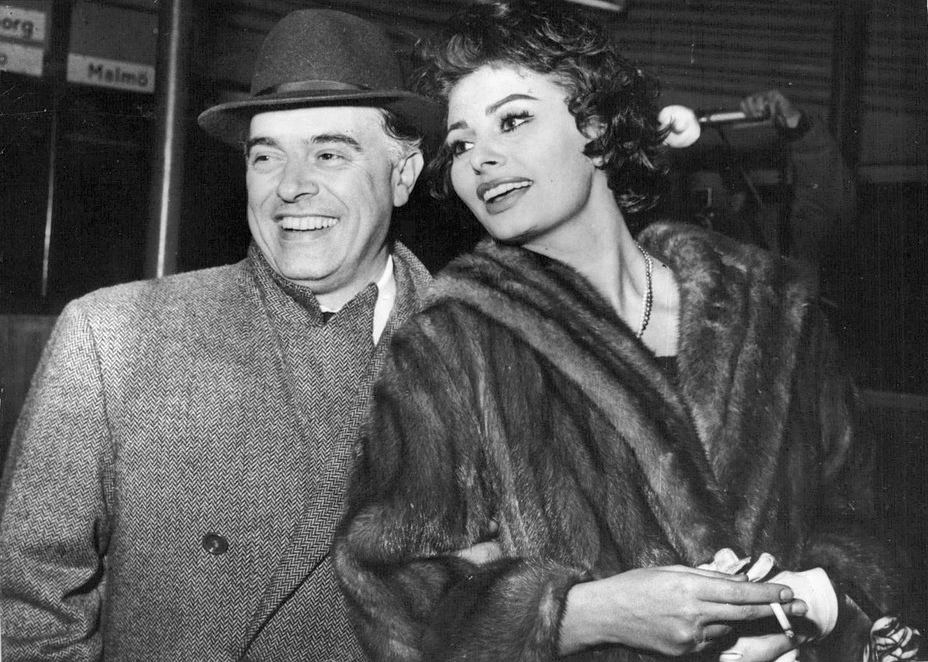

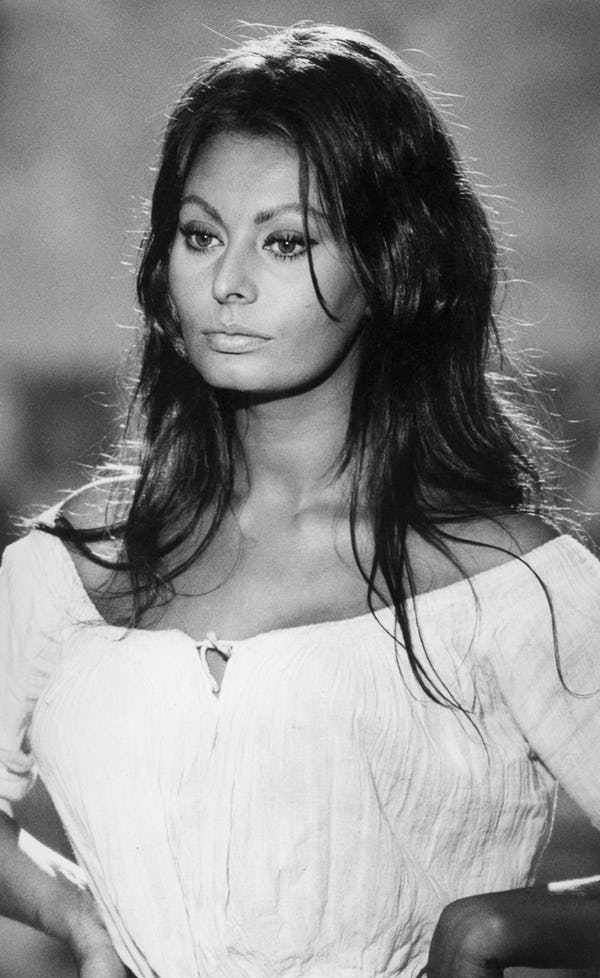






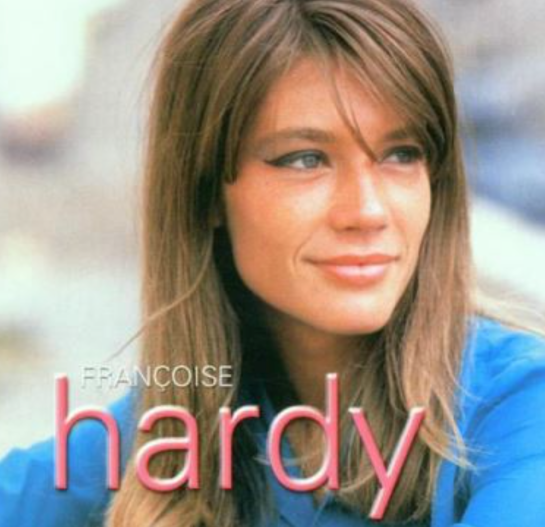






















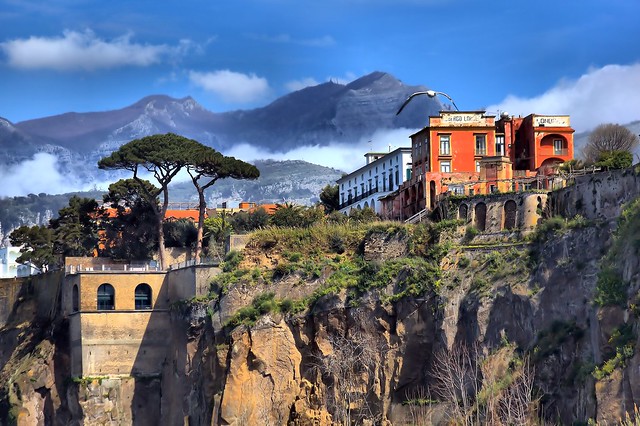

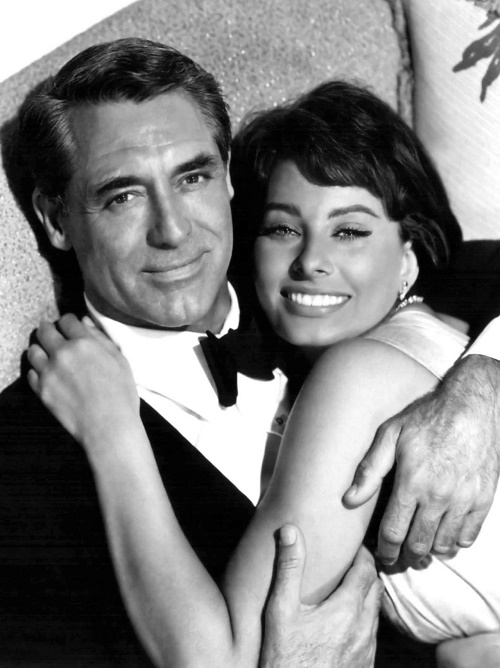




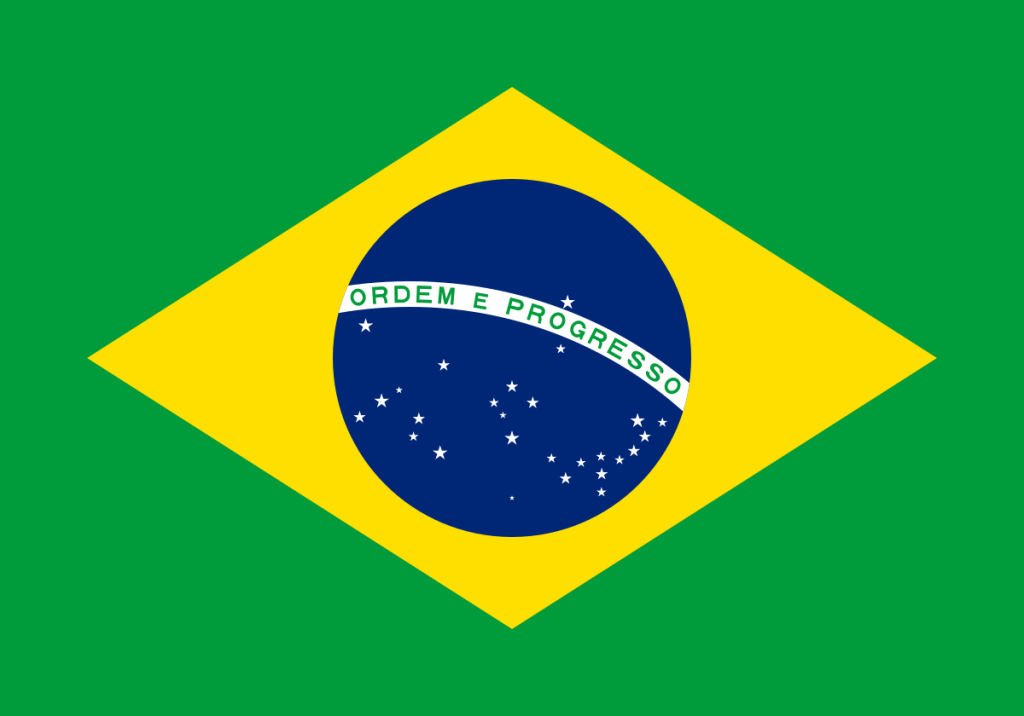




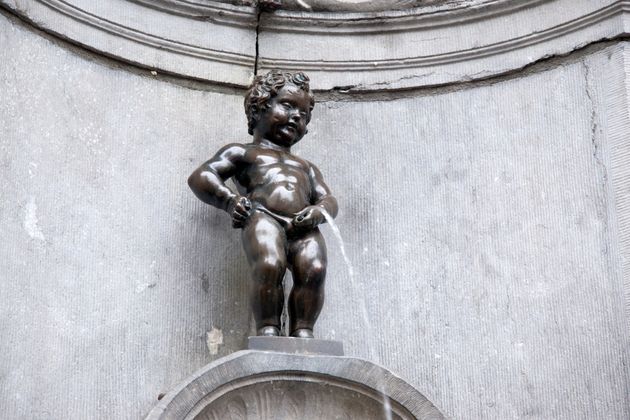
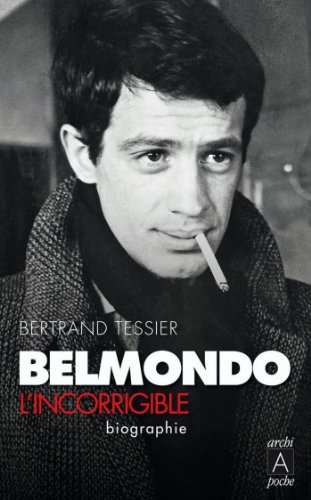



















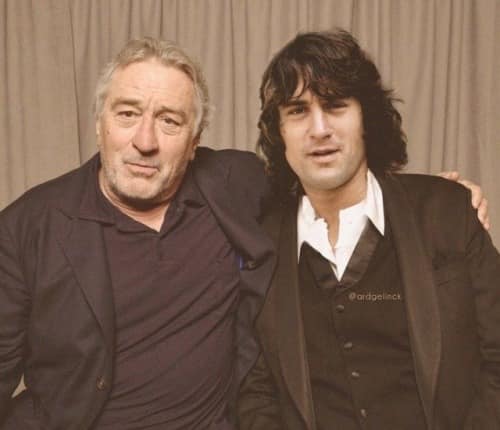



















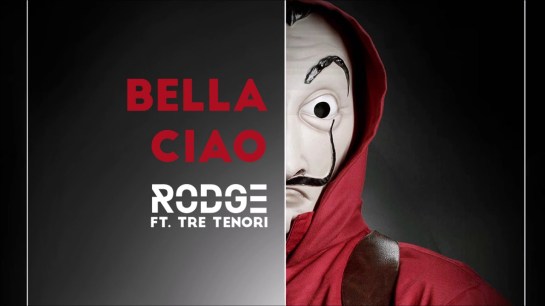






[…] FILMS / SERIES / THEATRES 50s 60s 70s […]